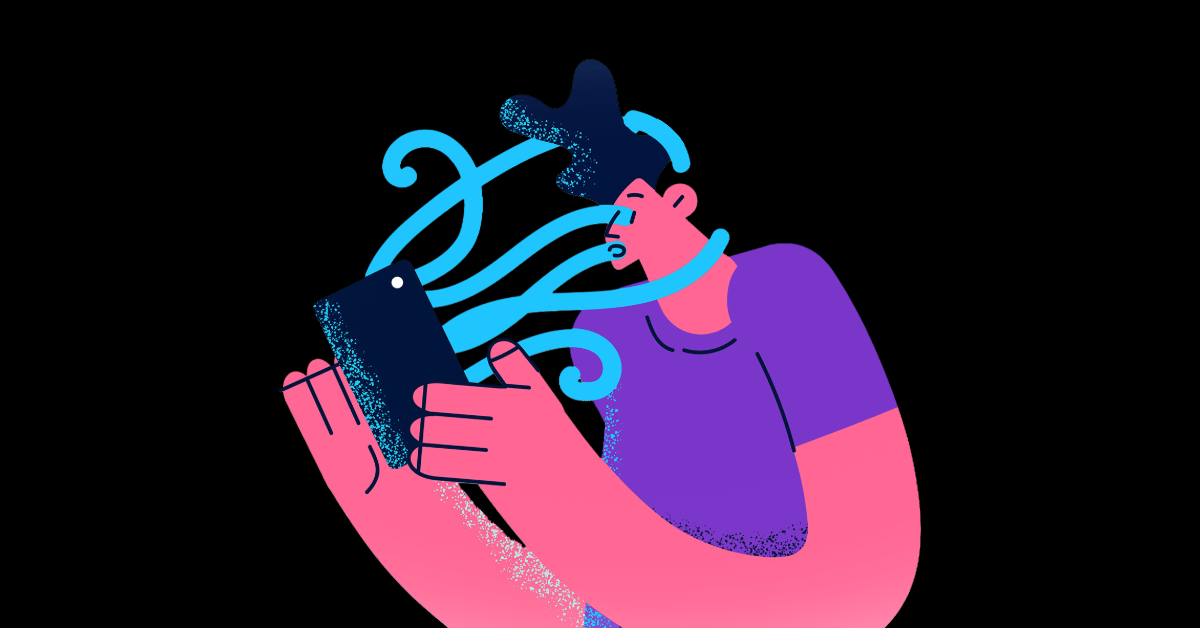
Have you ever had an imaginary friend?
Do you still have one now? You most likely do without even realising.
(No, I’m not calling you a schizo and suggesting you take your meds. Unless you need to, and in that case, same girl, cheers!!)
But think about it this way.
You know more about your favourite creator’s breakup than your coworker’s life.
You lowkey felt a twinge of hurt when that singer got a GF that wasn’t you. You “hang out” with streamers, influencers, podcasters, while you eat, while you shower, before you go to bed… but you’ve never met them, and they wouldn’t recognise you if you tripped over their freaking ring light.
This is the age of parasocial everything, where our imaginary friends are no longer in the playground. They have follower counts and sponsorship deals. Where connection is content, and intimacy is just a subscription away.
You’re not just watching your fave creators—you know them.
Or at least, you think you do. You know their pets’ names, their trauma backstories, their favourite coffee orders. You cry with them, root for them, cancel them, forgive them. They feel close. Familiar, Yours.
Crazy part is - they don’t even know you exist.
That’s the weird thing about digital intimacy—it’s both real and fake at the same time. You can feel genuinely comforted by someone who would step over you in a grocery store because they’ve never seen your face. But that comfort still matters. It scratches an itch for connection in a world that’s quietly starving for it.
Brands have clocked this, too.
They’ve learned the language of closeness, replying to your comments, calling you “bestie,” pretending to have bad days. It’s not just marketing now; it’s emotional theatre. The more they make you feel like you’re in on the joke, the more you’ll stick around.
So yeah, maybe you do still have an imaginary friend. Only now, she’s a lifestyle vlogger with a skincare line and a podcast deal.
The illusion of intimacy
The term parasocial relationship was coined by psychologists Donald Horton and R. Richard Wohl in 1956 when televisions became widely available in the 1950s. It was a way to describe the one-sided attachments audiences formed with media figures. Think lonely delulu housewives who felt like the TV host was talking just to them.
Fast-forward to now, and the line between “famous person” and “friend” has completely evaporated. Creators invite us into their own damn bedrooms, cry on camera, eat on livestream. We get the full illusion of mutual closeness: the eye contact, the laughter, the vulnerability… everything but the reciprocity.
And look, maybe some people like it that way. There’s a kind of safety in it, to feel seen without being truly known, to experience connection without the risk of rejection. It’s intimacy… with a mouthguard.
The creator-as-best-friend economy
The arrival of social media didn’t just amplify parasocial bonds. It monetised them.
Creators now trade in emotional proximity. They call their audience “besties.” They build “communities” through Discords, private story tiers, Patreon memberships. It’s glorified (and paywalled) friendship.
The more you feel like you know them, the more likely you are to buy the merch, use the affiliate link, or follow them to their next platform. “Relatability” is no longer a personality trait, but a business model.
But what happens when the thing we crave most (connection) is also the thing being sold back to us?
Enter: brands as the new influencers
As creators mastered the art of digital intimacy, brands quickly followed suit. As they do so well.
They stopped trying to impress us and started trying to befriend us. Wendy’s tweets like your chaotic mutual. Ryanair flirts in the comments. Duolingo thirst-posts its owl. Skincare brands cry about their “bad skin days.”
Brands have learned the parasocial language. They talk like a person, feel like a friend, and perform vulnerability just enough to make people trust them. And it works frighteningly well.
A brand that feels emotionally human can foster loyalty that outpaces logic.
In fact, according to research by Motista, emotionally connected customers have a 306% higher lifetime value. And the real catch of all this is that digital closeness doesn’t even make us less lonely.
In fact, it often highlights the absence of real, reciprocal connection. You can feel deeply connected to someone who doesn’t know you exist, thus, that connection has no infrastructure. No shared history, no physical presence, no give-and-take.
Traditional communities (friends, neighbours, local groups) require effort and vulnerability. Digital ones offer immediacy and control. You can leave without consequence. Ghost at any given point. You can mute the mess.
It’s intimacy without maintenance, and that’s both the appeal and the problem.
This is essentially emotional outsourcing. We turn to creators for advice, validation, companionship. We look to brands for comfort, identity, and a sense of belonging and identity.
It’s no accident that fandom culture, influencer culture, and brand “communities” all exploded in tandem with a global loneliness crisis. The less we get from each other, the more we seek from the all-consuming, soul-sucking feed.
And to be fair, there is something beautiful in the connection that can form online. Many people find genuine friendship and meaning there. But it’s also worth asking: when everything becomes parasocial, when even your fkn oat milk company is trying to “relate”… do we lose the distinction between being cared for and being marketed to?
This is the paradox of digital intimacy.
We’re more emotionally exposed online than ever, yet our relationships are increasingly one-sided.
We crave connection so deeply that we’ll take it in any form, even simulated. Even sold. And as creators and brands continue to perfect the illusion of closeness, we’re left with an uncomfortable question: if intimacy can be manufactured, does it still count?
-Sophie Randell, Writer
Not going viral yet?
We get it. Creating content that does numbers is harder than it looks. But doing those big numbers is the fastest way to grow your brand. So if you’re tired of throwing sh*t at the wall and seeing what sticks, you’re in luck. Because making our clients go viral is kinda what we do every single day.
